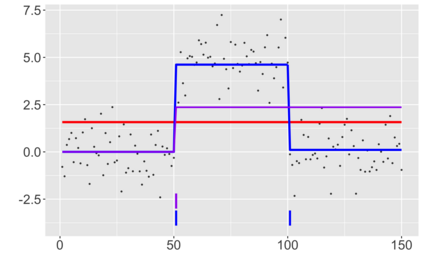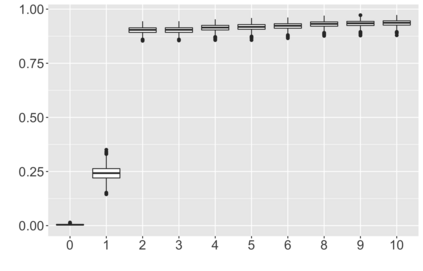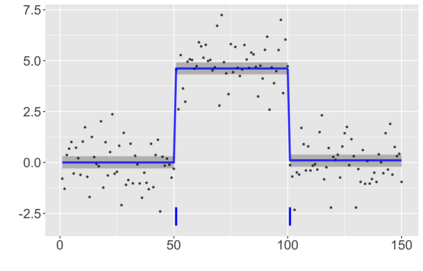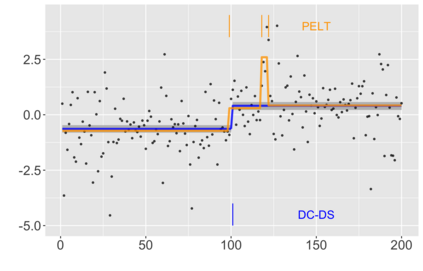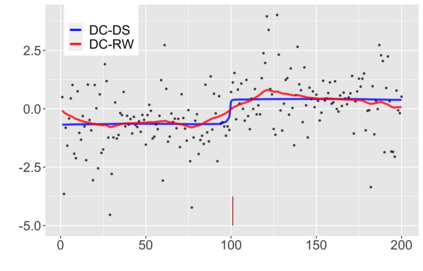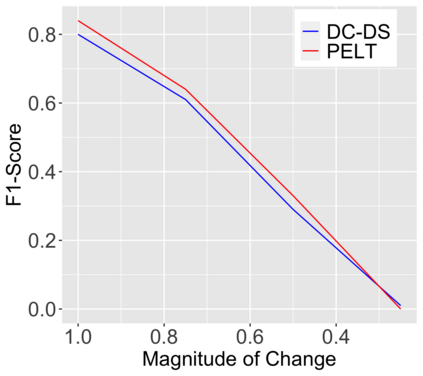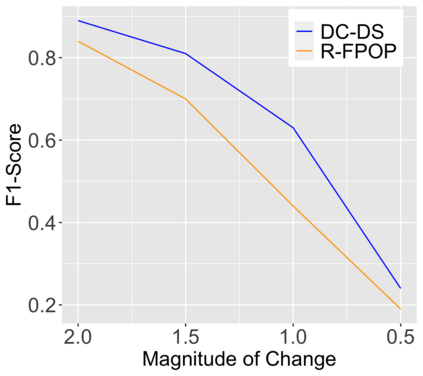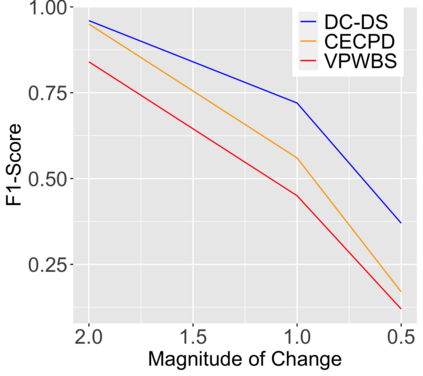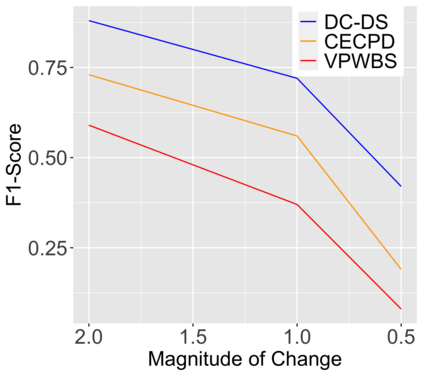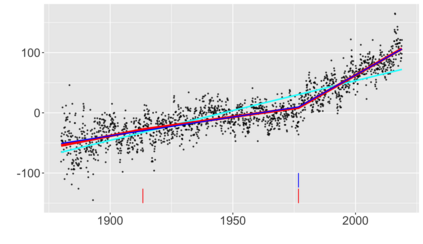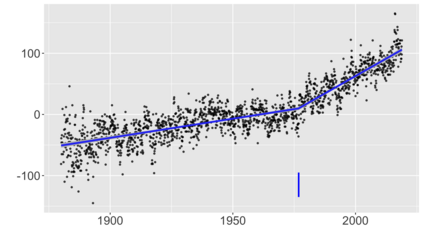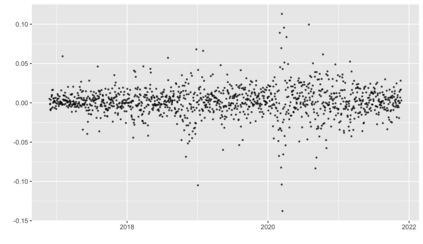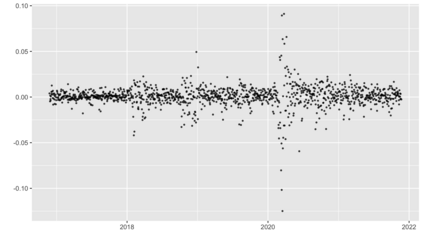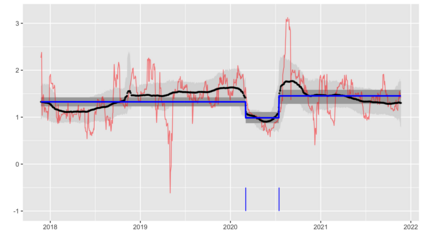We introduce a new approach for decoupling trends (drift) and changepoints (shifts) in time series. Our locally adaptive model-based approach for robustly decoupling combines Bayesian trend filtering and machine learning based regularization. An over-parameterized Bayesian dynamic linear model (DLM) is first applied to characterize drift. Then a weighted penalized likelihood estimator is paired with the estimated DLM posterior distribution to identify shifts. We show how Bayesian DLMs specified with so-called shrinkage priors can provide smooth estimates of underlying trends in the presence of complex noise components. However, their inability to shrink exactly to zero inhibits direct changepoint detection. In contrast, penalized likelihood methods are highly effective in locating changepoints. However, they require data with simple patterns in both signal and noise. The proposed decoupling approach combines the strengths of both, i.e.\ the flexibility of Bayesian DLMs with the hard thresholding property of penalized likelihood estimators, to provide changepoint analysis in complex, modern settings. The proposed framework is outlier robust and can identify a variety of changes, including in mean and slope. It is also easily extended for analysis of parameter shifts in time-varying parameter models like dynamic regressions. We illustrate the flexibility and contrast the performance and robustness of our approach with several alternative methods across a wide range of simulations and application examples.
翻译:在时间序列中,我们引入了一种将趋势(漂浮)和变化点(变换)脱钩的新方法。我们当地适应模式的强脱钩模型法将巴伊西亚趋势过滤和机器学习的正规化结合了巴伊西亚趋势过滤和机器学习的结合。首先应用了一种过于偏差的巴伊西亚动态线性模型(DLM)来描述漂移特征。然后,将加权偏差概率估计值与估计的DLM后传分布相匹配,以辨别变化。我们展示了如何用所谓的缩略微前科对存在复杂的噪音组成部分的潜在趋势进行平稳估计。然而,由于无法完全缩到零,直接检测变化点。相比之下,受限的可能性方法在定位变化点方面非常有效。然而,它们需要以信号和噪音两种简单的模式提供数据。拟议的脱钩方法结合了这两种方法的优势,即:Bayesian DLMS的灵活度,以及惩罚性测算器的硬性临界特性,以在复杂、现代环境下提供变化的替代示例。拟议的框架在选择中,包括弹性和递增后变的参数分析方法。我们采用的变的变的变的变式和变式框架,可以确定各种的变式和变式方法,例如的变式的变式的变式的变式的变式和变式的变式的变式的变式的变式的变式的变式的变式的变式。


